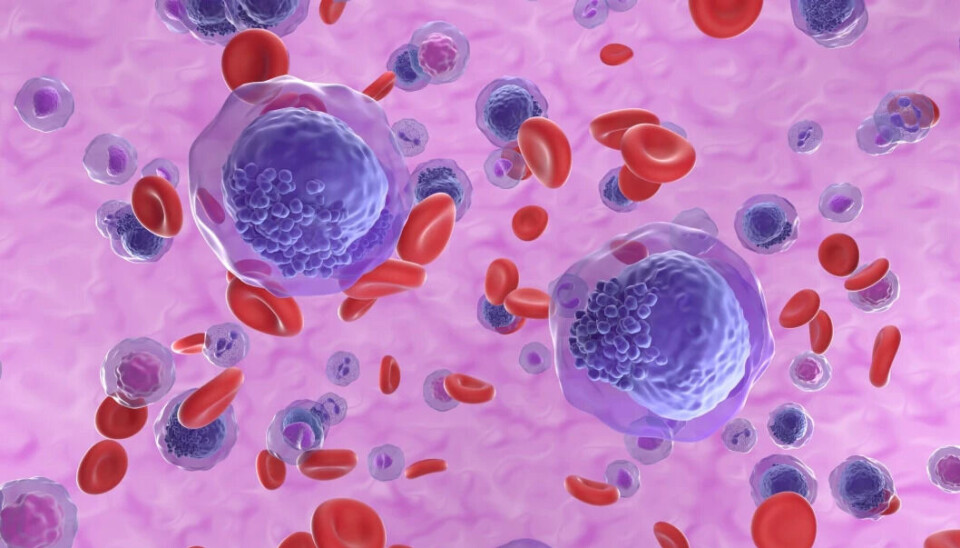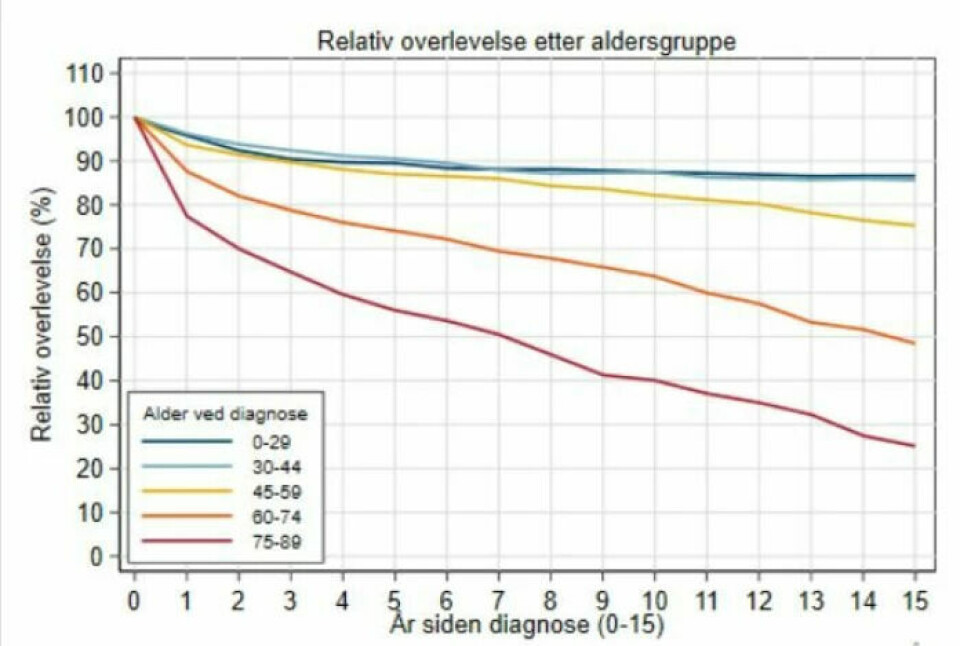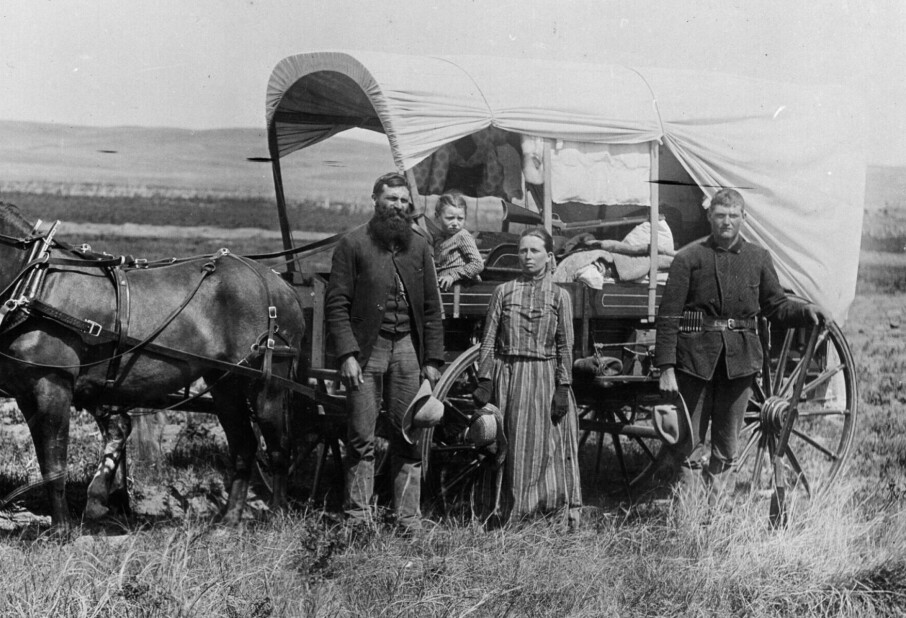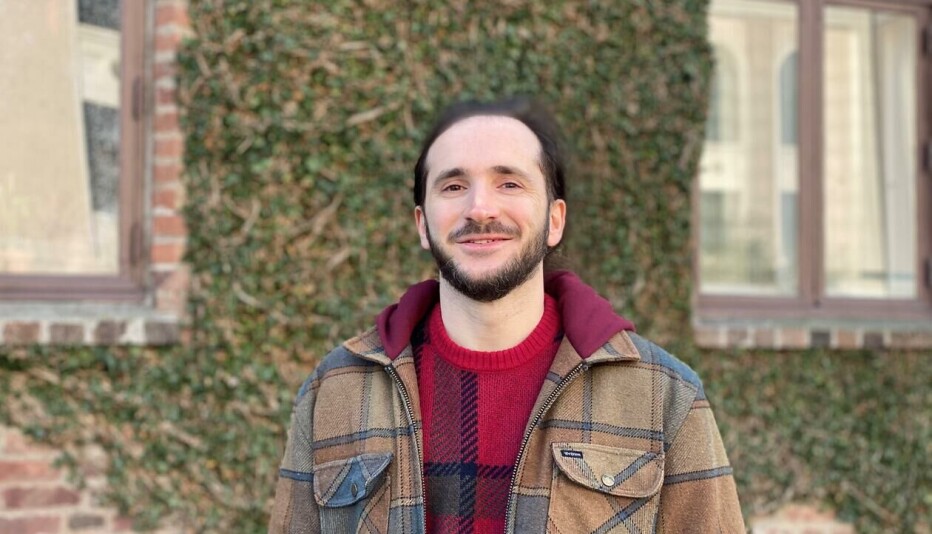
Norwegian discovery gives hope for blood cancer patients
Leukemia in adults often has a very poor prognosis. Norwegian researchers have used experiments in mice to develop a treatment that might increase the chance of survival.
Survival is high among children and young people who get leukemia. About nine out of ten who are diagnosed before the age of 44 survive for at least 15 years.
Leukemia has an increasing survival rate, which is due to increased use of chemotherapy and immunotherapy.
But the chance of survival decreases substantially the older you are at the time of diagnosis.
The most common form of leukemia in adults has a very poor prognosis.
Researchers at UiT the Arctic University of Norway have now found a method that can increase survival for this patient group.
The study was recently published in Nature Communications.
Found signaling substance that counteracts the cancer
Acute myeloid leukemia (AML) is the most common form of leukemia in adults.
“AML is a very aggressive form of cancer. The incidence increases with age and the prognosis is grim,” researcher Lorena Arranz at UiT writes in an email to sciencenorway.no. She is one of the researchers behind the study.
To improve the outlook for this patient group, the researchers had to explore more of the mechanisms behind the disease.
They discovered a substance that fights leukemia. The substance is a kind of soldier that protects against the production of malignant cells.
The researchers found that they can predict who has the worst chance of survival.
Patients who have low levels of this signaling molecule are in a particularly bad situation.
Can boost protective cytokine
The UiT researchers were able to increase the levels of this signaling molecule in mice.
The researchers took the naturally occurring signaling substance from humans as their starting point.
The signaling substance is a so-called cytokine, called IL-1RN and has been made into a medical drug.
“The mice have been injected with this substance under the skin on several occasions,” Arranz explains in an email to sciencenorway.no.
Gave mice cancer
The mice were treated with an immunosuppressant drug that is used to reduce inflammation and against autoimmune diseases.
This was done after stem cells from human patients had been transplanted in the mice to bring out the disease in them.
The method was used to test the response to the treatment of the leukemia cells in living tissue, which is a necessary step to take before testing in humans. The leukemia in the mice developed more slowly.

Want to test treatment on humans
This discovery offers hope for this group of leukemia patients. But first the treatment must be tested on humans.
The researchers want to test this on patients in the near future.
“We are now working on trying to select the patients who have the best chance of being helped by this form of therapy,” Arranz writes.
They hope to be able to test the treatment on patients within five to seven years.
———
This article was amended on 13 January 2023, the paragraph following the sub-heading 'Gave mice cancer' was added.
The article was amended again on 3rd of February 2023 under the sub-heading 'Can boost protective receptors'. We took out the name of the drug Anakinra and amended the sentence where it said that the cytokine counteracts cancer.
Translated by Alette Bjordal Gjellesvik.
Read the Norwegian version of this article on forskning.no
Reference:
Villatoro et al., Endogenous IL-1 receptor antagonist restricts healthy and malignant myeloproliferation, Nature Communications, 2023. DOI: 10.1038/s41467-022-35700-9
































